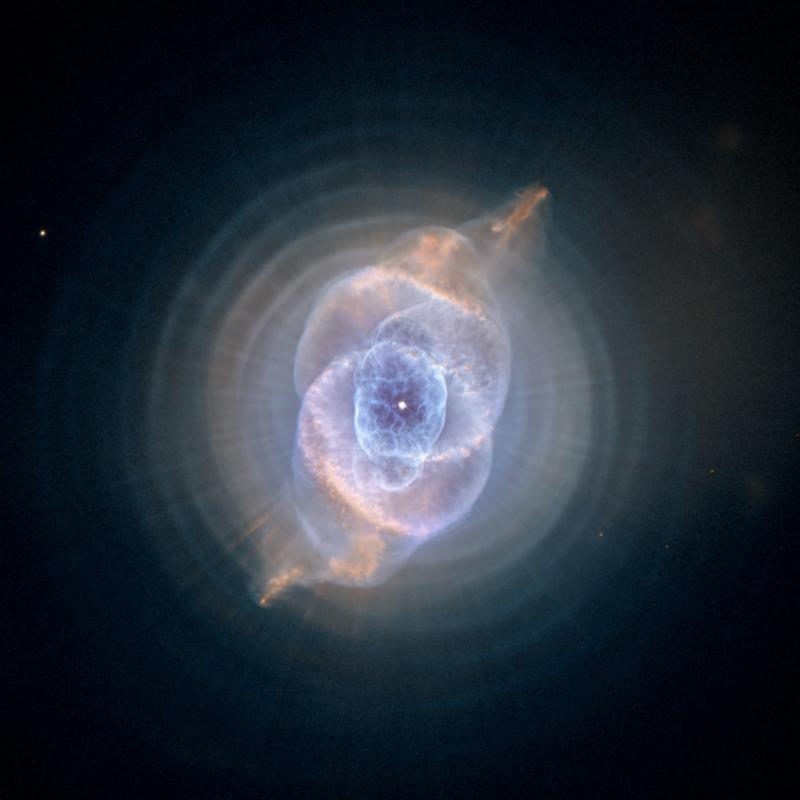GLAST and The Mystery of Gamma Ray Bursts
By BellatrixIt has been nearly three months now since GLAST was launched, NASA’s Gamma-ray Large Area Telescope. The telescope isn’t fully functional right now, but according to NASA’s website the telescope is up and running and so far passing all of the checks the engineers are laying out.
Gamma rays are some of the most powerful and mysterious objects detected in space so far. As their name entails they are short-lived bursts of gamma ray photons, having energies ranging from a thousand electron volts to several billion electron volts. They range in duration from a few tenths of a second to a few minutes. However, this very short duration makes them very hard to detect and gather data on, since by the time a telescope is alerted to a burst and pointed in the right direction the burst will be over.
Gamma ray bursts are not well understood. They weren’t discovered until the 1960’s, and as late as the 1990’s astronomers weren’t even sure if these bursts were coming from the edge of the solar system or the edge of the universe. However, with recent advancement in technologies we’ve been discovering much more about them, giving us clues to their origin. We now know there are two different classifications of gamma ray bursts. Long Duration ones are bursts lasting 2 seconds to a few minutes, short duration ones are shorter than 30 seconds. Astronomers think fundamentally different processes create them. Long bursts are believed to be generated billions of light years away by the death or collapse of very massive stars, or Wolf Rayet stars. Short bursts are less understood, but may be created in very high energy collisions like between two neutron stars or a neutron star and black hole.
GLAST will be able to cover much more of the sky than the current gamma ray satellite, SWIFT. The GLAST team is currently in the process of checking the validity of the burst locations it detects. So far, GLAST has detected 12 bursts, and other telescopes have so far verified four of these bursts. Once all the checks have been performed and the team operations are running smoothly GLAST should start making some great discoveries. It will be able to gather data on a much higher number of bursts and tell us about the area from which they originated. Matching up the bursts with data about the originating area from before the bursts will hopefully tell us more about how they are created, such as if a known super giant star is in the vicinity of the bursts before but not after the burst.
New technology for this purpose is quite exciting. There are so many strange and mysterious things in the Universe we still don’t understand; to have something that may lead to a new discovery in astronomy is thrilling. It will be important to keep an eye on the data coming in once GLAST really gets going.
